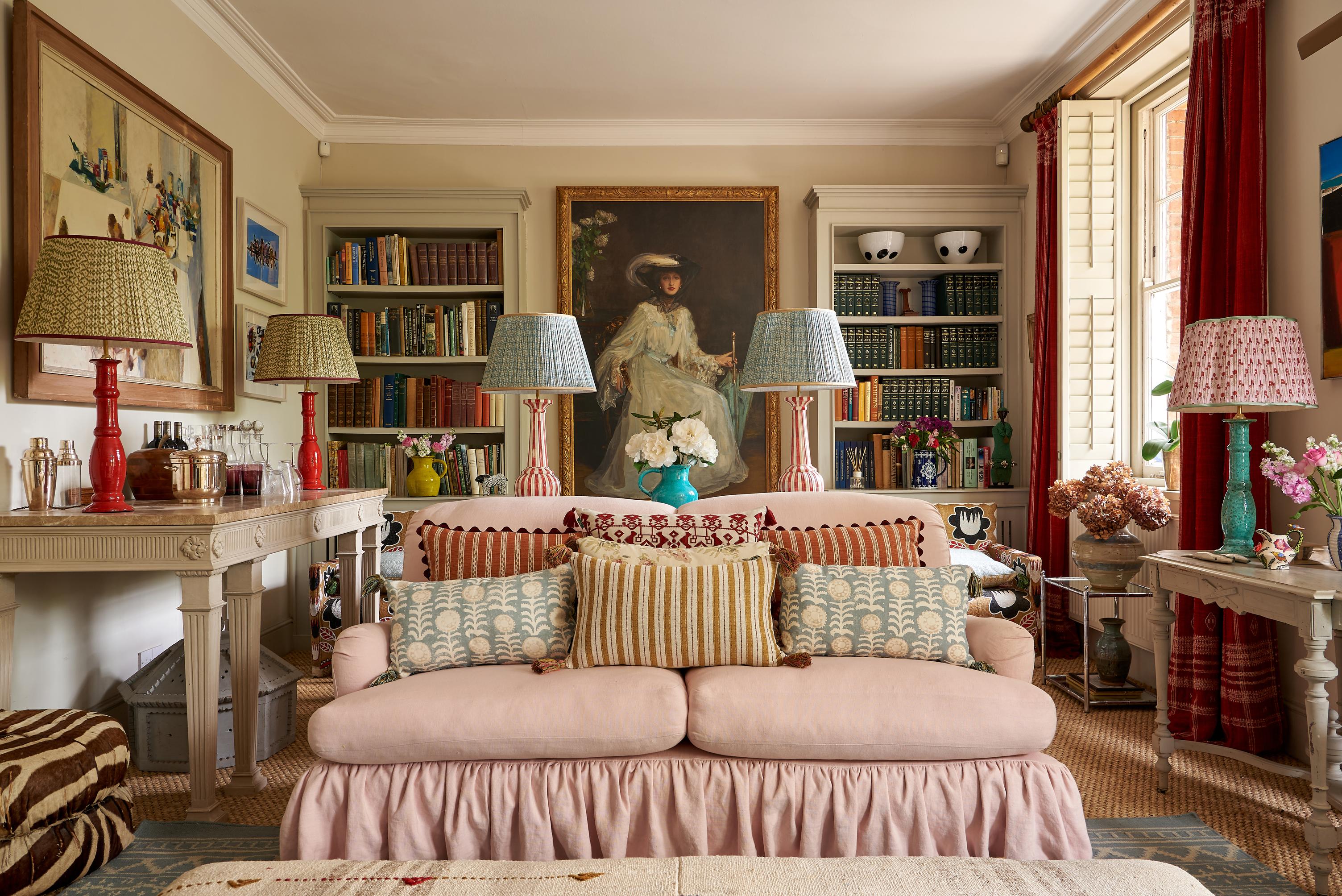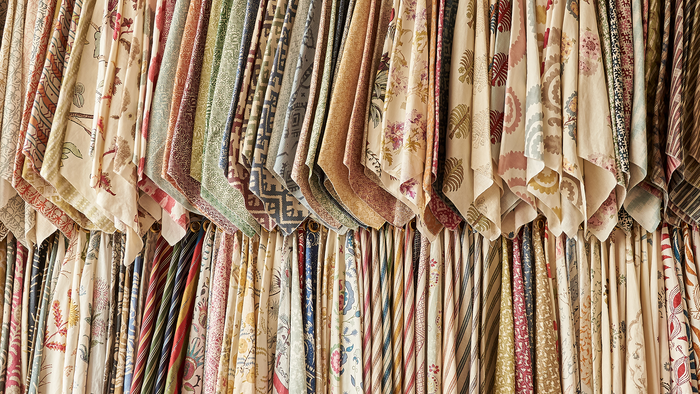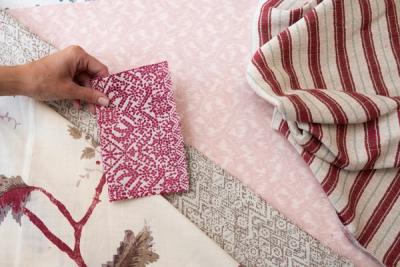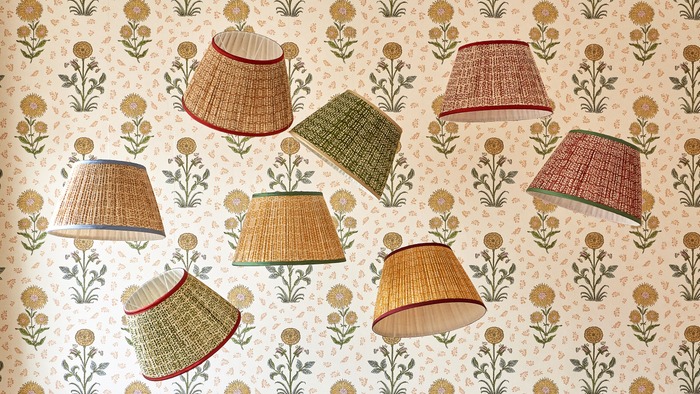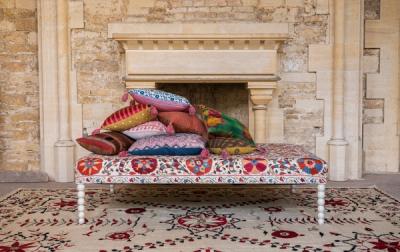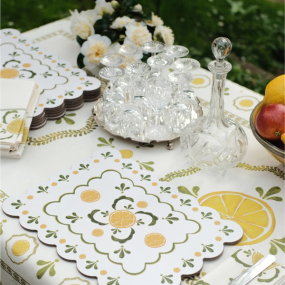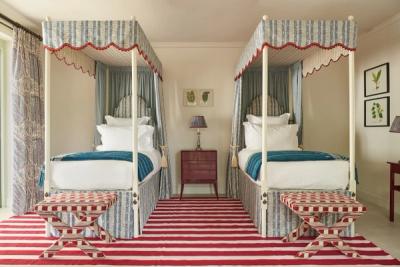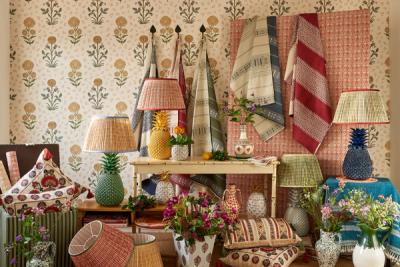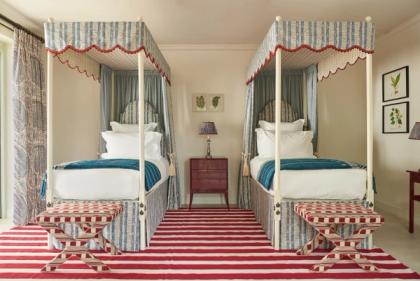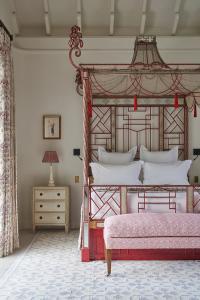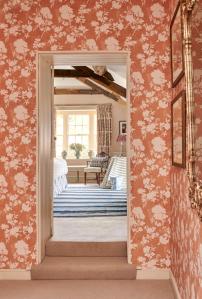Decoration
The Fern's Incredible Impact on Interior Design
The fern has had a surprising influence on creativity and mathematics over the centuries. Click here to read more about its value for interior designers.

The Fern's Incredible Impact on Interior Design
At first glance, the fern may not stand out from any other piece of foliage growing in the woodlands, in the damp recesses of the hedgerows running along a quiet country lane, or in the quiet, undisturbed corner of a garden more wild than it is tame.
While they are a lush, vibrant green and distinguished by their feather-like fronds, ferns tend to be a part of the verdant camouflage rather than taking ‘centre stage’.
But the fern hasn’t always been overlooked. In fact, it has represented a muse for designers, artists, mathematicians, and entire cultures throughout history. The Māori people, for instance, consider the spiral of an unfurling fern (a crozier) to be a symbol of creation. The Fibonacci Spiral, first introduced by an Italian mathematician during the 13th century – the High Middle Ages – is perfectly represented by a new crozier just beginning to open itself. That same spiral gave rise to the golden ratio – a theory of thirds that continues to influence design in both an aesthetic and a pragmatic sense.
That same spiral has proven invaluable to interior designers around the world, with the fern’s natural, simple beauty being treated as the epitome of balancing organicity with control in biophilic design.
Organic Counterpoints
When potted, the fern produces an excellent silhouette – half wild, half domesticated, it can add a sense of movement and shape to spaces that otherwise feel a little too organised or posed. Introducing greenery into a space that feels stiff can be just as effective, if not more so, as introducing fresh flowers into a space.
Prints that capture the wilder side of nature are an excellent counterpoint to a few floral features.
The Theory of Thirds
In design, the Theory of Thirds offers an effective way to consider the view of a room – otherwise referred to as ‘a frame’. Think of it like a snapshot captured from a particular doorway or seat, or the view we see when we are sitting up in bed. There are frames all over the place; look up, and you’ll encounter one.
Of course, some frames matter more to us than others. The room’s focal point is a key frame to consider, along with the hallway or the kitchen’s centre point. They take a little more thought, time, and effort, to perfect.
The Theory of Thirds is about mentally dividing those frames into three, then finding ways to use furniture, décor, and other styling elements to create some distinction. The most accurate way to do this is to use the golden ratio, which requires designers to imagine a Fibonacci spiral, where the centre third is narrower but taller (and home to the greatest amount of detail), and the largest third is the emptiest. The Mona Lisa and the Girl with the Pearl Earring are two portraits often used to illustrate this technique.
Fortunately, the Theory of Thirds is often simplified to include three segments of equal size. While it’s a departure from the fundamentals, it’s also incredibly effective. By concentrating the most detailed aspects to just one third, you can achieve some balance between the fundamental theory and your own creativity.
Utilising the Theory of Thirds needn’t result in overly literal interpretations. You can realise the theory subtly yet effectively with decorative lighting, colour, print, artwork and textile – anything that introduces some variance within a single frame.
The Fern as a Biophilic Designer’s Dream
We’ve written recently about interior design’s ongoing love affair with biophilic design, and how an emphasis on florals and foliage – or really any organic shapes – can influence a room’s overall impression, and the way its inhabitant’s feel.
Biophilic design at its most literal sees designers bringing the outside in, not just through representations in colour and print but in fresh greenery, running water, and naturally occurring elements. The fern is the perfect element with which to explore biophilic design, particularly if you’re using a fern native to your local area. Perfect for low-light spaces like cloakrooms and bedrooms, the fern restores moisture to dry spaces and removes certain pollutants.
Whether you’re interested in exploring the time-honoured principles of mathematics and design in your work, or simply want to enliven a space with a spray of greenery and a stronger sense of organicity, the fern is a wonderful companion to any interior designer. Ancient and revered around the world, don’t overlook this familiar, hedgerow staple as you explore your own creativity indoors.
More from Decoration
